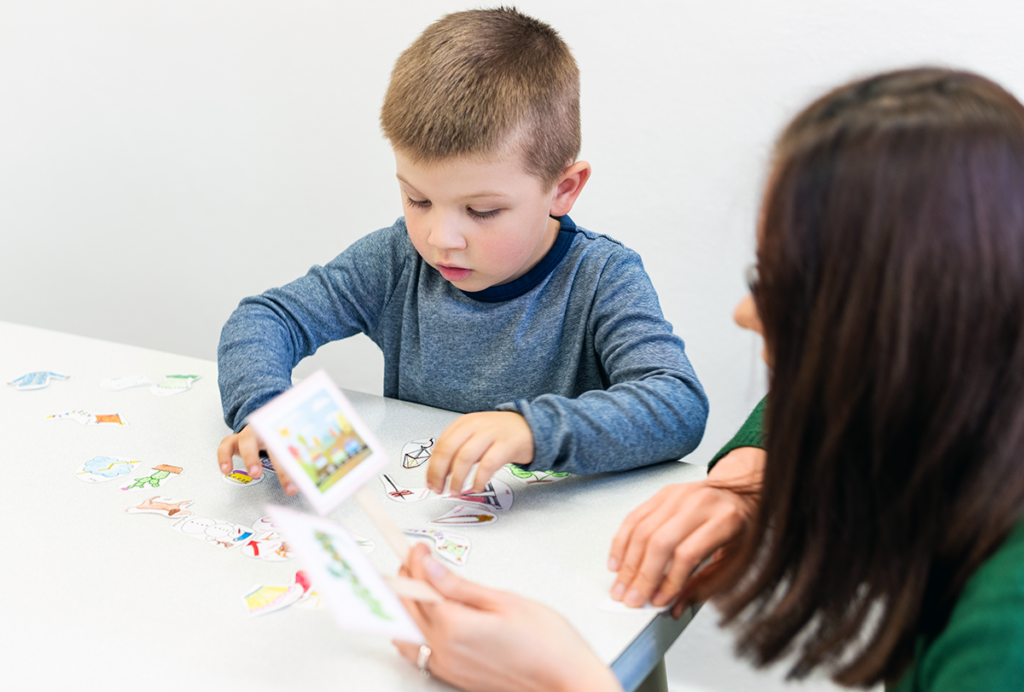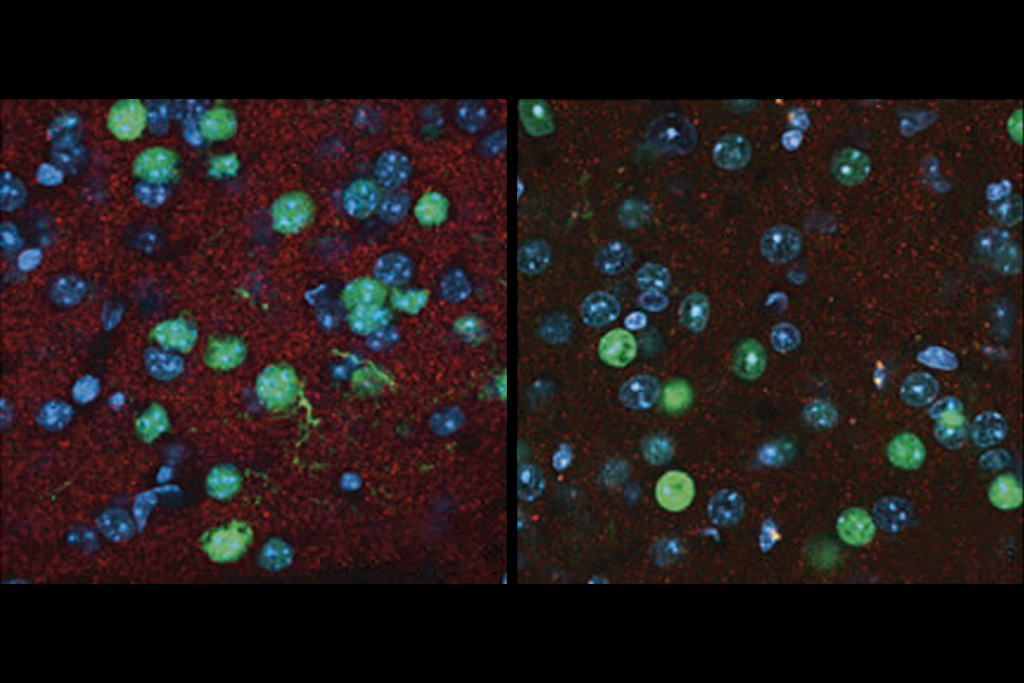New database holds clues to severe end of autism spectrum
A new collection stores genetic and behavioral information about children with autism in inpatient psychiatric units.
A new database provides genetic and behavioral information about children with autism who have been admitted to hospital psychiatric units. The database, described 10 November in Molecular Autism, gives researchers an unprecedented glimpse of the most severe cases of autism1.
Many children with severe autism have intellectual disability and little or no language ability, making it difficult for researchers to distinguish the children’s autism symptoms from their other difficulties. They are also prone to aggressive outbursts and self-injury. As a result, they are underrepresented in existing data repositories for autism research.
To address this gap, researchers from six U.S. hospitals with inpatient psychiatric units that specialize in the assessment and treatment of autism collaborated to create the Autism Inpatient Collection. In 2014, they began enrolling children aged 4 to 20 years who are suspected of having autism and who have at least one English-speaking parent or guardian.
Trained clinicians diagnose the children using the Autism Diagnostic Observation Schedule. The researchers then collect samples of blood or saliva from each child and his or her parents for genetic analyses. They also ask parents to complete a set of questionnaires that probe their child’s intellectual and cognitive abilities, language skills, challenging behaviors and psychiatric symptoms.
The new study describes the first 147 children with autism in the database. More than one-quarter of them are girls, who are less likely than boys to have autism but are thought to exhibit more severe symptoms when affected. More than half of the children speak few or no words, and 43 percent have intellectual disability.
Children in the database who are later found not to have autism will serve as a comparison group in future studies, the researchers say. They plan to expand the collection to include more than 1,600 people with autism and their caregivers.
The researchers assign each child and caregiver a Global Unique Identifier that allows them to keep the genetic and behavioral data anonymous and link it with information about each participant that may exist in other repositories.
As the collection grows, the data it contains could reveal whether certain genetic variants track with intellectual disability or language impairment, for example, the researchers say. It may also highlight the challenges of those with intellectual disability, language impairment and self-injurious behavior.
References:
- Siegel M. et al. Mol. Autism 6, 61 (2015) PubMed
Recommended reading
Home makeover helps rats better express themselves: Q&A with Raven Hickson and Peter Kind

Genetic profiles separate early, late autism diagnoses

SHANK3 deficiency and behavior in mice; and more
Explore more from The Transmitter

